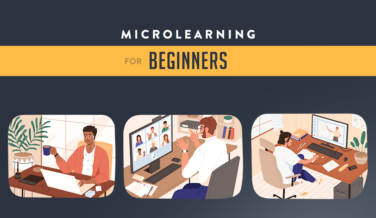Articles
Experience Dashe
Learn about the latest trends and insights in the learning and development field from Dashe experts and other industry leaders. Experience how Dashe views learning and learning experiences.
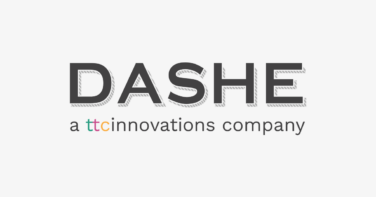
Dashe joins ttcInnovations
Learn More
Embracing the Future: Early Adopters of Generative AI for Learning
Learn More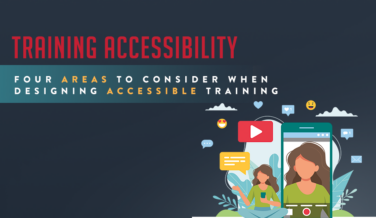
Four Areas To Consider When Designing Accessible Training
Learn More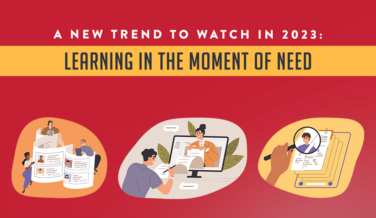
A New Trend in 2023: Learning In The Moment Of Need
Learn More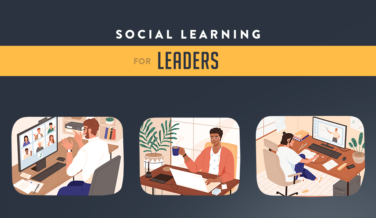
Social Learning For Leaders
Learn More
Gamified Microlearning For Training: A Combined Method That Works
Learn More
Success Factors For Serious Games in L&D
Learn More
Performance Support For Managers
Learn More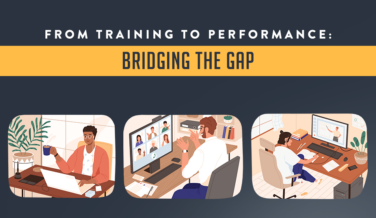
From Training To Performance: Bridging The Gap
Learn More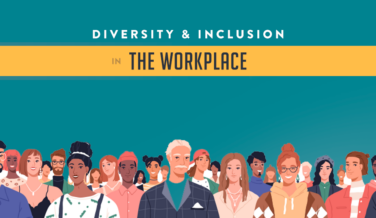
Diversity & Inclusion In The Workplace
Learn More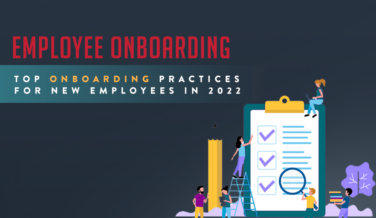
Top Onboarding Practices for New Employees in 2022
Learn More